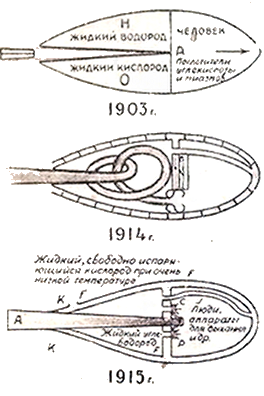Rocket Images
On September 17, 1857, self-taught physicist Konstantin Tsiolkovsky was born in Russia. Enamoured by the possibility of space flight and the potential of rockets to make it happen, he wrote about the subject in science fiction and technical papers… in hundreds of publications. He developed a very basic theory of rocket propulsion using liquid propellants.

Aware of their deficiencies, Tsiolkovsky eventually proposed a “rocket train” or multi-stage rocket to overcome the fuel exhaust limitations on velocity and range.
He envisioned his dream in detail. Tsiolkovsky proposed the use of artificial satellites for orbiting Earth and for geosynchronous orbit. He envisioned space platforms as staging areas for interplanetary flights of the future. He described closed and life-sustaining systems to produce food and oxygen for the travellers. Just as Jules Verne had inspired him, Tsiolkovsky inspired others from Russian and German rocket scientists to science writer-illustrators like Nowlan and Calkins [Buck Rogers] and Alex Raymond [Flash Gordon].
Here’s the cool thing. Also on this very day in 1976, NASA rolled the space shuttle Enterprise out from Rockwell’s Air Force Plant in Palmdale, California! This orbiter was named after the Starship Enterprise of television’s Star Trek series. From a future envisioned, the vision shared; a dream lives.
B Bondar / Real World Content Advantage